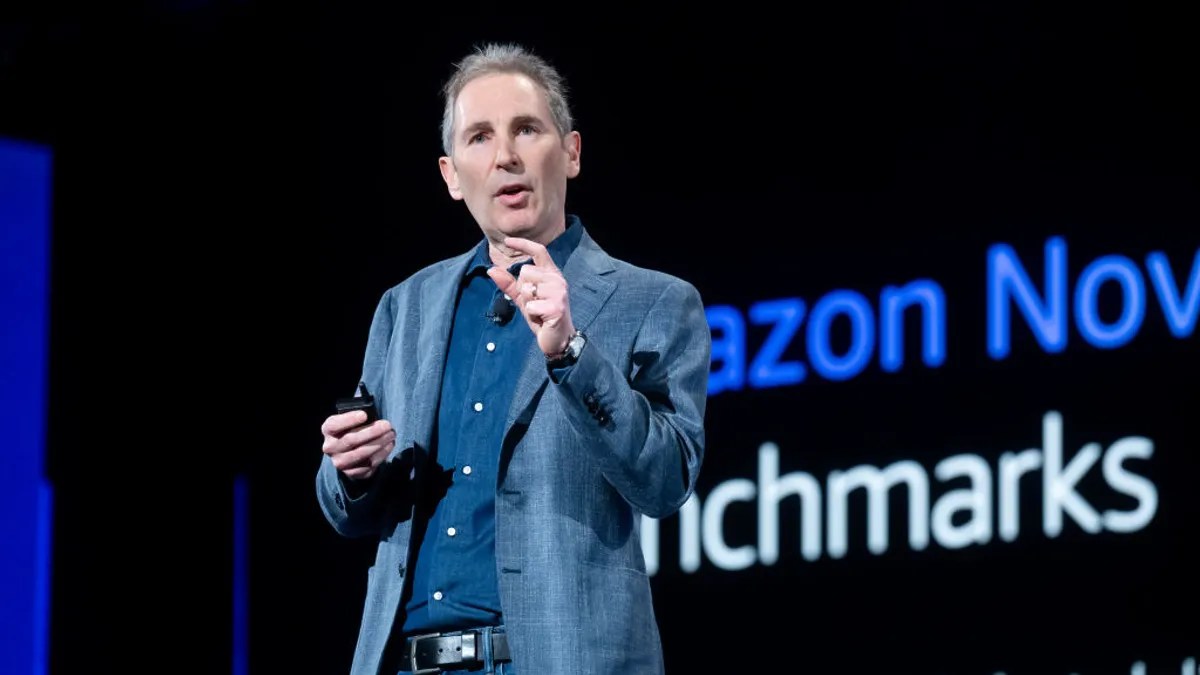Modernized ERPs can revolutionize a business, give it a sharp competitive edge, and prepare it for the kind of agility and flexibility future technology developments will bring.
But a new system can also be a drain of resources and money if implementation goes wrong — as it often does. Seven in 10 digital transformation efforts fail to meet their objectives, according to a report from BCG.
"Anytime a client is thinking through a fundamental platform that enables their business, there's inherent risks," said Kate Morican, partner, strategic change and transformation at Deloitte Canada.
Global corporations aren't immune either. J&J Snack Foods lost an estimated $20 million in revenue in Q2 due to an ERP transition that disrupted production. Mission Produce also saw $4.1 million in increased operating expenses in the first quarter of the year due to "significant challenges" implementing its new ERP system.
Strong leadership and flexibility can help ERP implementations deliver on its promises. That also includes making sure end users — employees and customers — are on board, and can realize how the new system will impact their everyday lives.
Without top-down guidance and commitment, and frequent checks on progress, new ERPs can be used incorrectly, result in customer mistakes, and ultimately not meet company objectives.
The leadership component
An ERP implantation is a long, complex process. It can become tedious and frustrating at times. Without strong leadership, the end result can fall far short of its goals, or disrupt operations altogether.
"A lot of times, companies think of ERP as back-office accounting systems, something you buy and implement," said Rick Veague, CTO of IFS. "But ERP is foundational to business strategy and strategy realization."
If leadership isn't on board and driving that transformation, "it is going to fail for one reason or another. You lose that sense of guiding light on why we're doing this and what we're trying to do."
Strong leadership must come from across business to make sure employees are also buying into these changes.
That might include using data to show how changes are making work better, said Morican. Instead of just talking about positive changes, organizations are using data to create dashboards that show the impact of changes to both customers and employees. "You can use reporting with visualization to give that confidence."
A multi-step, flexible process
Checking in regularly on the implementation is also critical in the process, to ensure that it's meeting initial business objectives, especially when complications inevitably show up.
"These projects always begin with starry-eyed dreams, that my ERP system is going to make me toast and coffee in the morning," said Veague. "In reality, these are hard projects."
One tactic is to treat a "go live" date as just one step in the process instead of the ultimate driving goal. That allows organizations to be flexible, get new insights on operations, and focus on gaining the biggest competitive advantage at that time.
Meeting 80% of initial objectives on "go live" day isn't a failure," Veague said. Instead, it's a step in the process.
That kind of openness to change usually results in "much wiser and more educated company in what you can get from an ERP system and maybe redesigned outcome," he said, adding that the days of doing three to five, even 10 year ERPs, are over.
The transition to the cloud has allowed this kind of agility, where setting fresh objectives for six to nine months after a launch date lets the ERP progress to move forward incrementally instead of in one big push.
Keep the end users in mind
Most ERPs have two end users: employees who will use it and customers who will be affected by it. That's why leaders must keep those two groups in mind to ensure a successful transition.
Stericycle is two-thirds of the way through an ERP implementation. Throughout the process, the company made sure employees who are used to working with older systems are on board.
Leaders at the medical waste company used "a lot of reinforcement and hypercare and change management in how this is all supposed to work," said Janet Zelenka, EVP, CFO and CIO at Stericycle.
Before the shift, "there were pockets of data that people put together on a spreadsheet. [Employees] had belief systems and a lot of self-reporting on how things were going." Leaders prepared them for the eventuality that data-driven insights weren't going to match self-reporting, and to embrace this new, better information.
"You have to plan for that. You can't just hope it magically changes. You have to lead and force those discussions every day," Zelenka said.
Zelenka also stressed the importance of doing trial runs before turning a system live. For example, after transitioning its billing system to a new ERP, the company did a test run: creating bills without sending them.
"When you have years of a company that's never had a system like this, it's impossible to get every little bit" of information correct, she said.
For example, a ZIP code might be wrong, or a small contract change didn't come through. Without a dry run, the company would have been forced to go back to customers to tell them their bills were wrong.
"A lot of people forget that bill you're sending your customer is part of the overall customer experience," she added. Doing check-in dry runs is "making sure the customer journey from beginning to end" benefits from the new ERP system too.





















